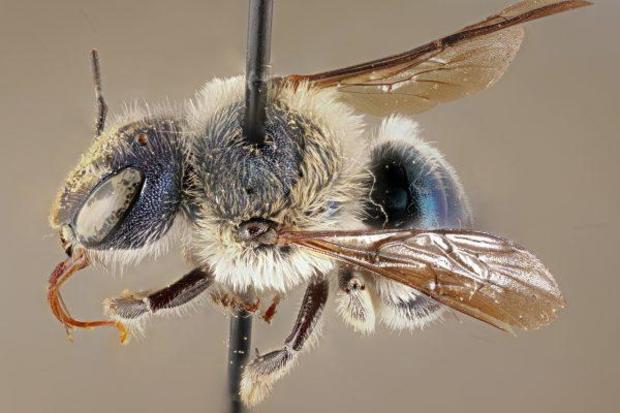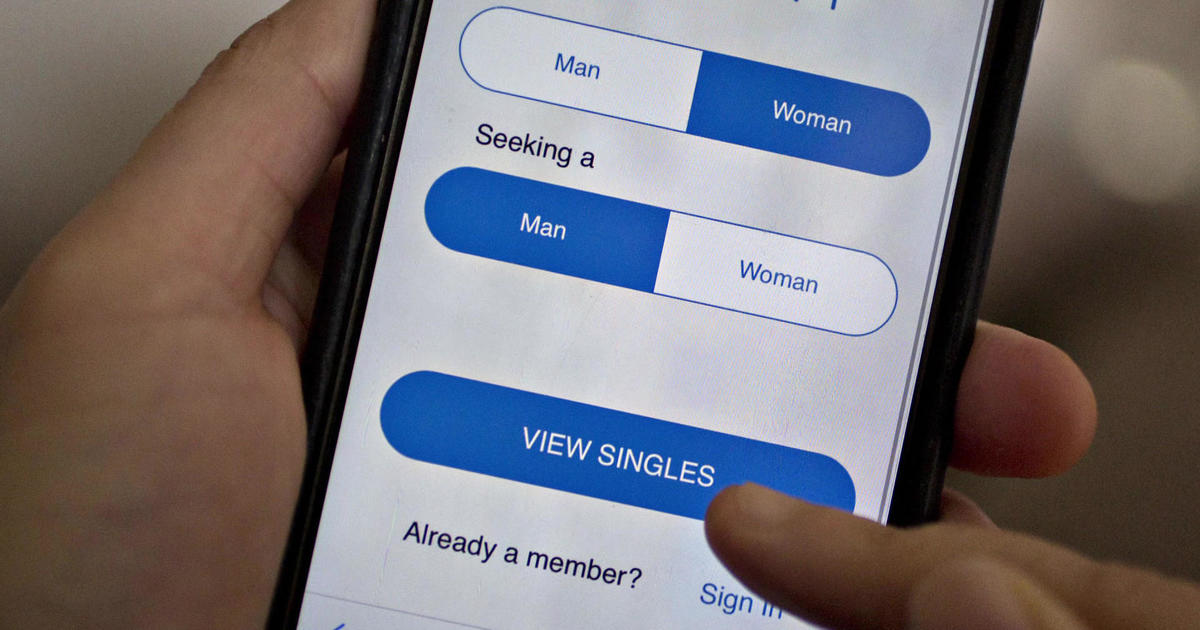Researchers "shocked" after rare blue bee thought to be possibly extinct spotted in Florida
Researchers in Florida have rediscovered an "ultra-rare" metallic blue bee that hadn't been spotted in years – so long that experts weren't sure it still existed. A researcher at the Florida Museum of Natural History, Chase Kimmel, found a blue calamintha bee on March 9, according to a release from the museum.
"I was open to the possibility that we may not find the bee at all so that first moment when we spotted it in the field was really exciting," Kimmel said.
Since then, more of the elusive bees have been spotted, but efforts to research the insect have been curtailed by the coronavirus pandemic.
The museum wrote in the release that it was the first time one had been spotted since 2016. The blue calamintha bee — or Osmia calaminthae — has unusual facial hairs that are used to collect pollen.
It's a unique insect for a number of reasons, Kimmel said: It collects pollen on its face, relies on a threatened flowering plant and is found primarily on Lake Wales Ridge, a habitat in central Florida.
"We observed a shiny little blue bee grabbing (an Ashe's calamint flower) and rubbing its head on the top portion of the flower 2-3 times," Kimmel's statement says. That behavior is unusual and a unique characteristic of the blue calamintha bee: "We were pretty shocked to see it."
The 2019 Florida's State Wildlife Action Plan lists the blue calamintha bee as a species of "greatest conservation need."




